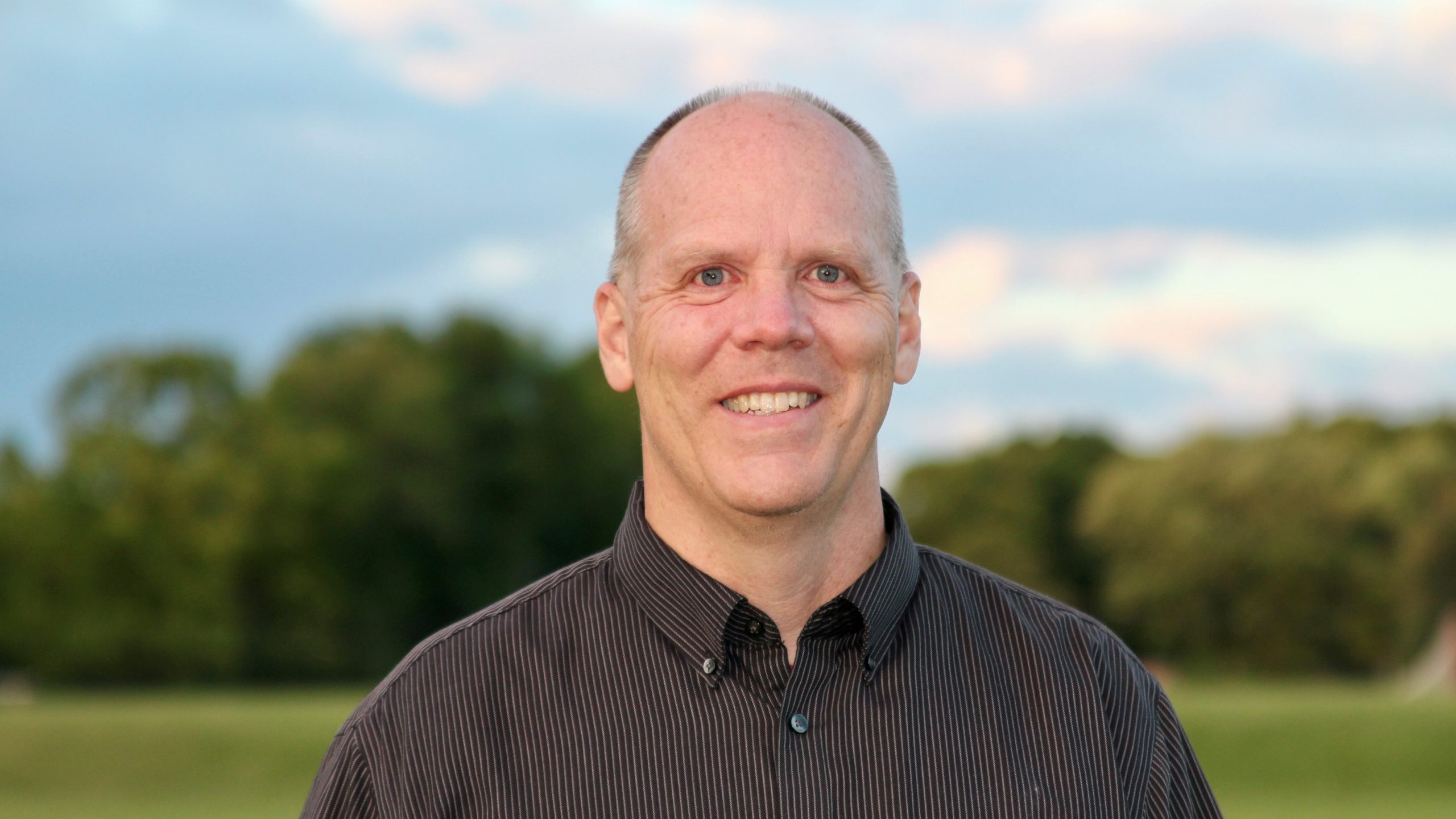Tim Vann, Energy Engineer, Utilities and Energy Management, is a proud member of the Utilities and Energy Management (UEM) team who cares about taking concrete actions to make the world a better place. Recently, the UEM team completed a number of projects, studies, and initiatives that are setting the groundwork for great changes in the upcoming years. Currently, they are working on increasing visibility into energy use across campus, providing tools managers can use to identify and eliminate unnecessary energy consumption in building HVAC systems, and planning how the University can eventually leverage more renewable energy. The UEM team is collaborating with students and faculty to both provide experience to students and get their help solving some operational issues. With the help of others, Tim’s team hopes to continue to make significant strides in energy efficiency and sustainability. Tim explains, “It is my hope that one day the University of Rochester will be carbon neutral.”
Tim graduated from UR with a BS in mechanical engineering in 1989. He worked in private industry until 2007 when he joined RIT, working on their energy management system as design engineer. At RIT, he was not specifically charged with improving sustainability but strived to integrate energy efficiency in his projects. Tim liked his job at RIT, but three years ago when the opportunity came up to work for UR as an energy engineer with the primary goal of reducing UR’s energy consumption, he thought this was his chance to do something powerful to nudge the world closer to sustainability. Of course, energy efficiency is only one component of sustainability, but it is a pretty big part. When you increase energy efficiency you nearly always improve sustainability. At the University, he feels privileged to be in the right place to take advantage of his education and experience to affect sustainability beyond the personal level as part of a team that cares to make a difference.
UEM generates about 85% of UR’s carbon emissions in the process of providing heating, cooling, and power to local campus buildings. According to Tim, to become sustainable from an energy perspective, we need to generate and deliver our energy as efficiently as possible, reduce consumption in our buildings, and finally look at ways to transition to renewable energy sources.
There have been many improvements to our utilities and buildings over the years. In fact, because of the work done by Tim’s predecessors, the University’s CO2 intensity (CO2 emissions per square foot) due to energy consumption is down 43% since 1990. The University is now trying to build upon that success to reduce CO2 emissions further and hopefully will one day eliminate them altogether.
Know someone who’s made progress with sustainability on campus? Whether their victories are big or small, we’d love to hear about them! Email us today.

